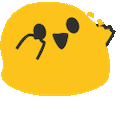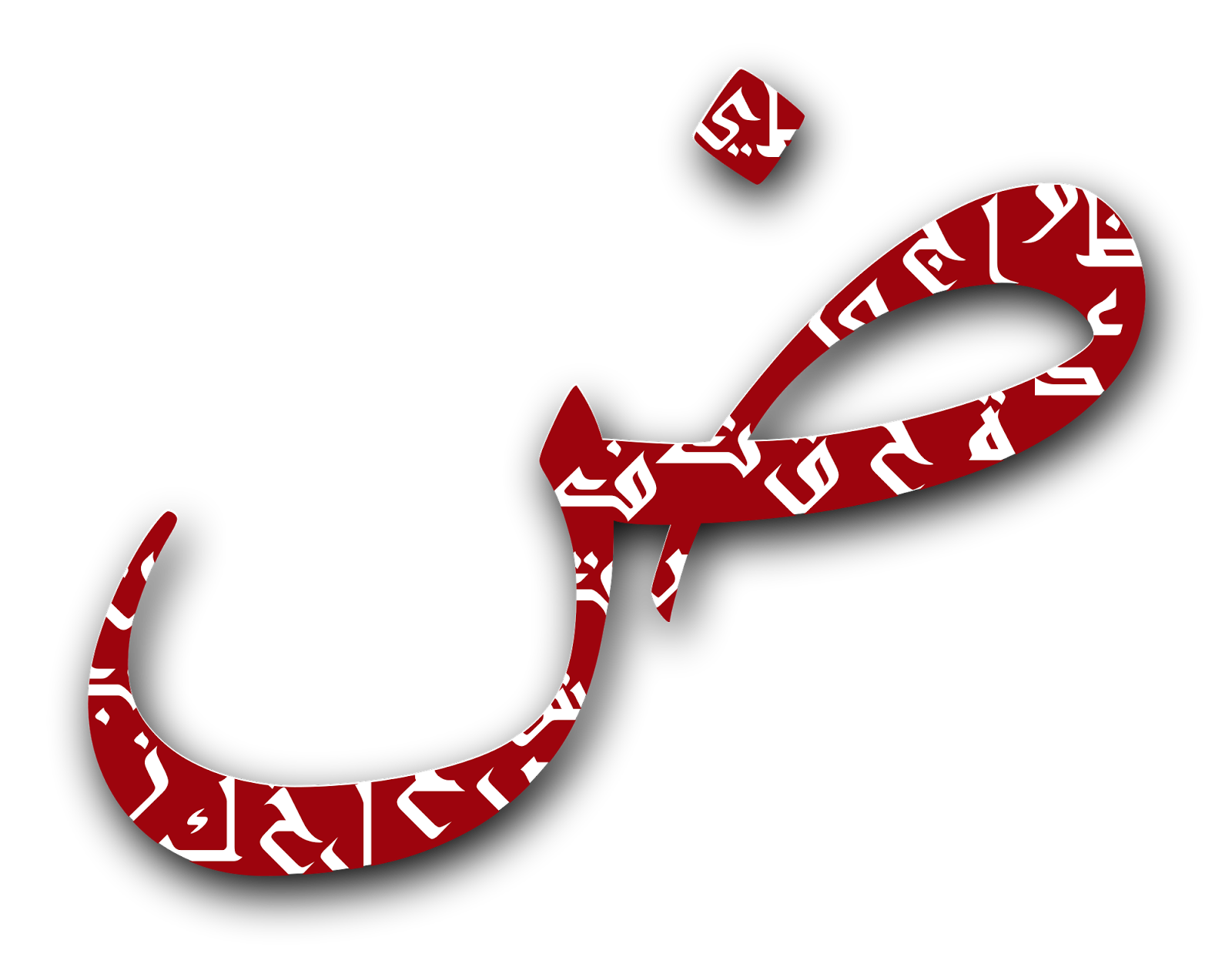That is the letter ت, pronounced same as t
 Yalla, let’s learn some Arabic
Yalla, let’s learn some Arabic 
There are 2 other letters that look exactly the same except for the dots, here is how to tell the three apart:
The (b sound) ب has the dot below its shell
The word “below” starts with the sound b.
Transliterated as b
The (t sound) ت has two dots above its shell
The word “two” starts with the sound t.
Transliterated as t
The ث (th sound) has three dots above its shell
The word “three” starts with the sound th.
Transliterated as th
| mnemonic | pronunciation | letter |
|---|---|---|
| dot below | b | ب |
| two dots | t | ت |
| three dots | th in three | ث |
:read-theory:
Remember: these three letters have the exact same shape, only the dots are different. The only reason dots exist in Arabic is so we can easily tell letters like these apart.
Since they have the same shape, they behave the same way when we write them in cursive, which is the only way to write in Arabic. You’ll see what this means when we talk more about the script.
Pronunciation examples:
ب (b sound) :
باب door baab
ت (t sound) :
توت mulberry tuut
ث (th sound, as in three) :
In this example the ث is ثـ
ثَوب garment thawb
Check the comments.

I realised the problem when I enlarged the text enough to see the dots properly. I’d been expecting to see ث in the final example and misread ب as that. Then the little gap went against my expectation of cursive and I got confused. All the not-Arabic posting had me primed for tech problems, but it’s just that I’m not wearing glasses, and the first two examples hadn’t forced my left-to-right brain to pay more attention. Sorry to bother you with my idiocy.
So, now that I can actually see, I notice an extra slanted line on top in ثَوب (example) but not in ثوب (reply). What does that do?
P.S., I like the common-shape approach with mnemonics for disambiguation you’ve used here. I think it’s a good way to build familiarity with new writing systems.
Yeah this is a real problem with Arabic and computers, see this comment.
No it’s a good question, keep the questions coming, whether you think they are good or not :D
That symbol ( َ ) is a short vowel, similar to the a in cat, and it’s transliterated as a.
spoiler
Thanks! Like I said in the lesson, these three looked exactly the same until we decided to use dots in the script. This is what the alphabet looked like:
ا ٮ ح د هـ ور ح ط ى ك ل م ں س ع ڡ ص ڡ رس ٮ ٮ ح د ص ط ع
And this is after the dots were added and letters sharing the same shape getting grouped together:
أ ب ت ث ج ح خ د ذ ر ز س ش ص ض ط ظ ع غ ف ق ك ل م ن هـ و ي
Thank you! Can I suggest adding a note along the lines of “ث becomes ث in the example”?
I had to do some unicode trickery for that. Do Arabic keyboards have a zero-width joiner key or some other method for forcing particular forms?
And please add me to your ping list.
That is a good idea, will do.
Not zero-width no but we have this connecting line ـ
spoiler
Actually no you’ll just have to wait for the next lessons